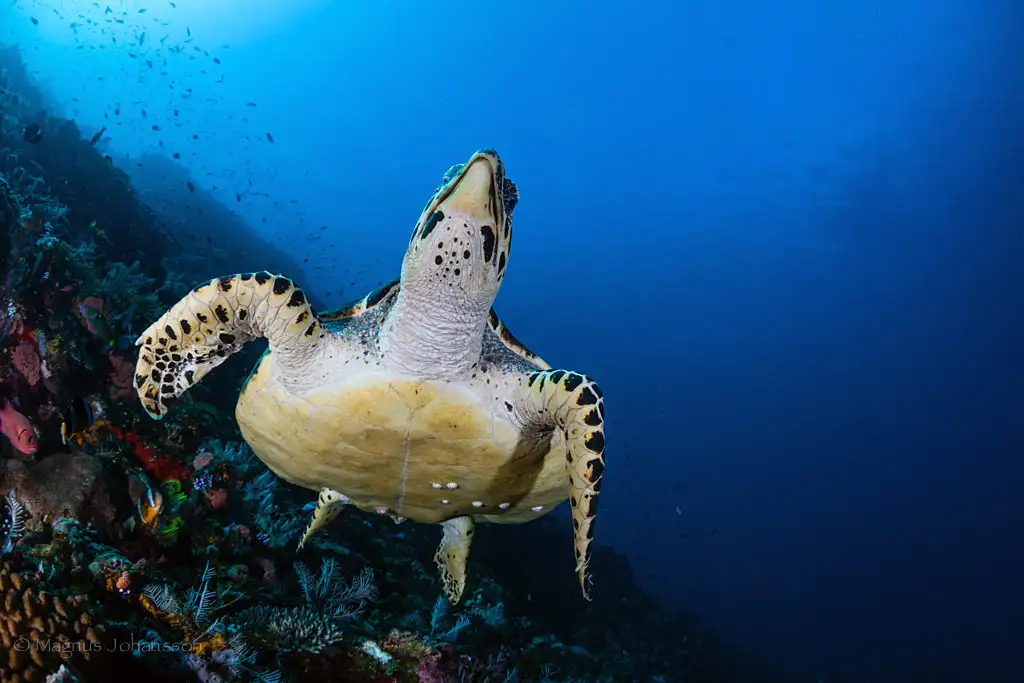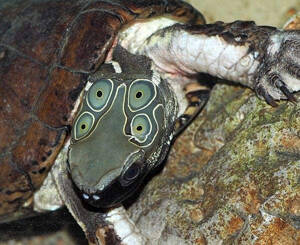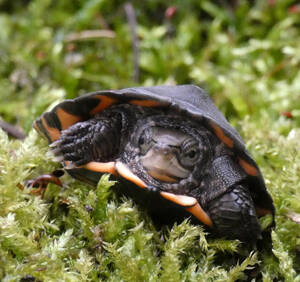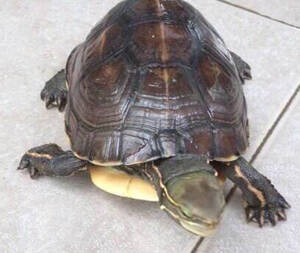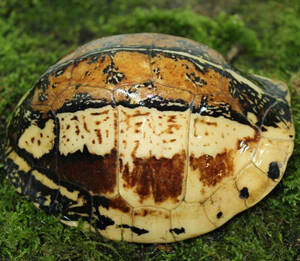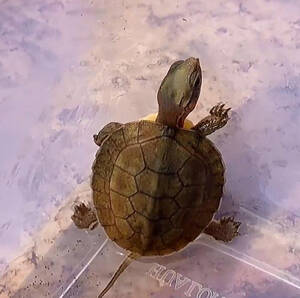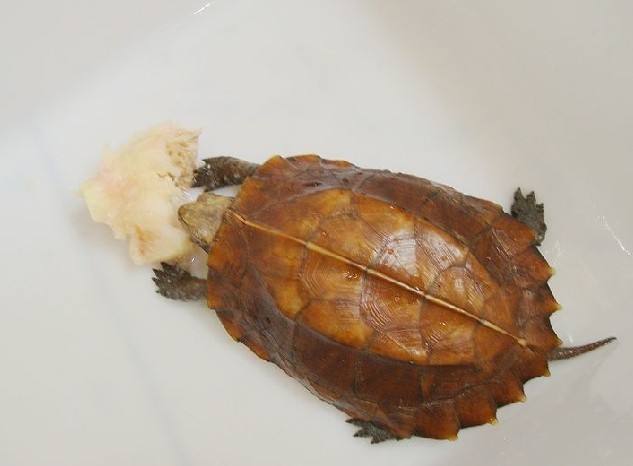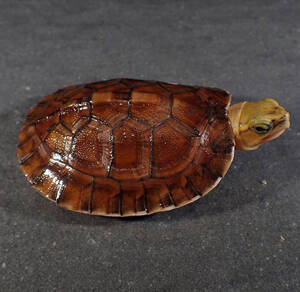Cuora
IUCN
LCBasic Information
Scientific classification
- name:Cuora
- Scientific Name:Cuora,Broken plate turtle, snake turtle, snake-claw turtle, Asian box turtle
- Outline:Testudines
- Family:Testudinata Testudinidae B.turtle
Vital signs
- length:
- Weight:
- lifetime:40-60 years
Feature
The plastron can be completely closed to the carapace
Distribution and Habitat
It is distributed in Myanmar, Thailand, Vietnam, China, Japan, Malay Peninsula and Malay Archipelago, Indonesia, Philippines and other Southeast Asian regions.
It lives in aquatic or semi-aquatic environments.
Appearance
The carapace of the box turtle is relatively high. There is a clear ligament between the chest and ventral shield of the plastron, forming a movable "hinge". There is also a ligament connecting the dorsal and ventral carapaces, so the front and back leaves of the plastron can completely close the carapace upwards, and the head, limbs and tail can be retracted into the shell.
Details
The genus Cuora (scientific name: Cuora) is a genus of Testudinata, Testudinidae, commonly known as box turtles. They are distributed in the Yangtze River and all places south of it in my country. Common ones include golden-headed box turtles, yellow-margined box turtles, three-lined box turtles, Yunnan box turtles, and Qiongya box turtles.
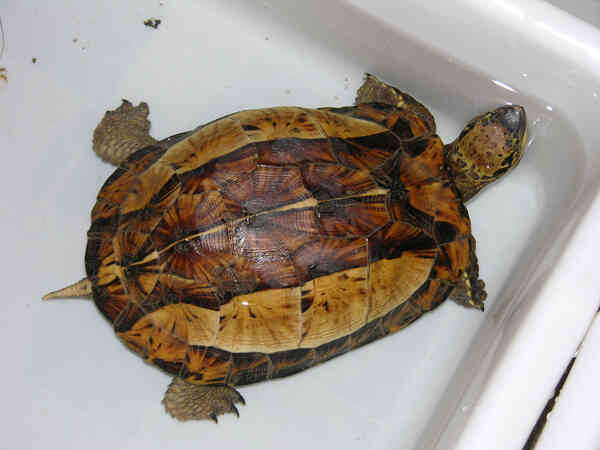
The genus Cuora is less drought-resistant than terrestrial turtles, so they cannot live far from water sources and mostly live in waterfront areas. The brain of the box turtle has a well-developed visual and olfactory area, so their activities mainly rely on these two senses. In the wild, box turtles forage in the early morning or dusk. They spend most of their time foraging on the shore and are omnivorous turtles. They mainly feed on earthworms dug underground or snails, caterpillars, beetles and other insects in dead wood. They also eat plant foods such as fruits, grass, berries, fungi and wild flowers. There is a joint in the middle of its plastron, which can be tightened and connected to the carapace to form a "protective box" to protect the soft part of the body.
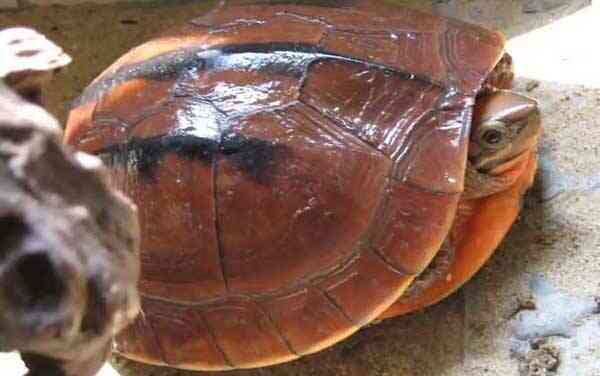
The breeding season of box turtles is generally from April to October each year. April to May is the mating season, mid-May to October is the egg-laying season, and June to July is the peak egg-laying season.
All box turtles distributed in China are listed in the "China Biodiversity Red List - Vertebrate Volume" (Reptiles) - Critically Endangered (CR).
All species of the genus Chelonium are listed in the "National Key Protected Wildlife List" - Level 2. (Only for wild populations)

